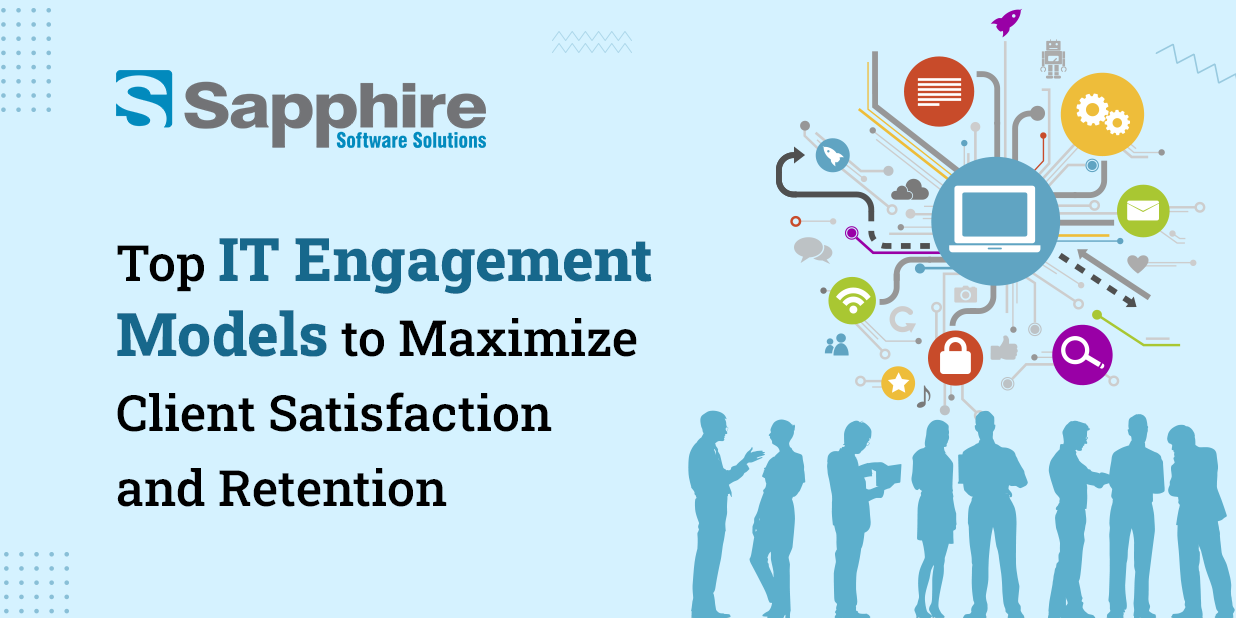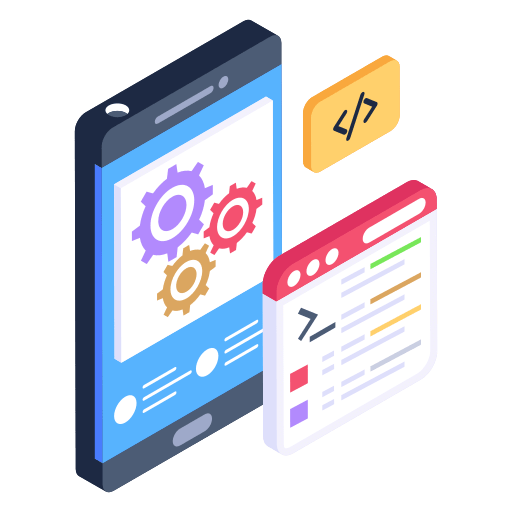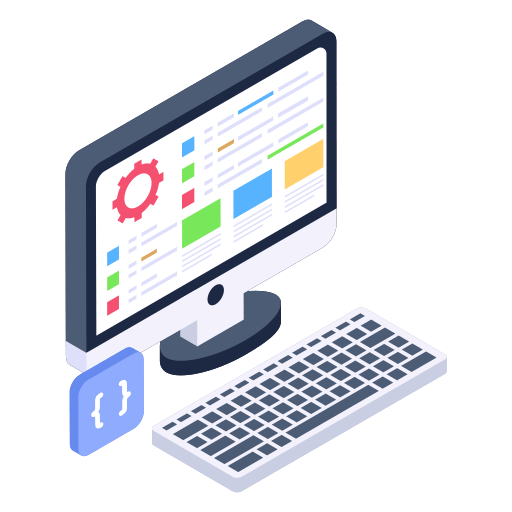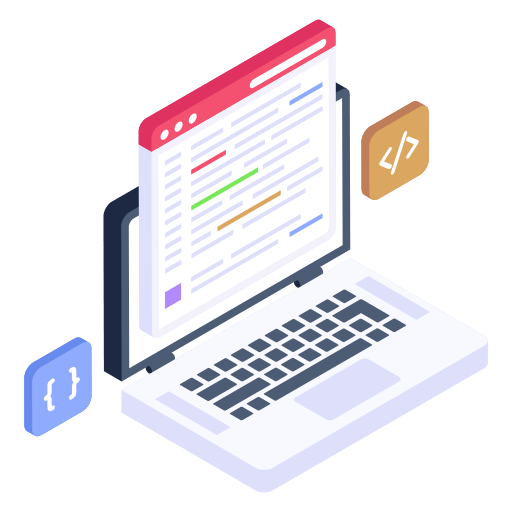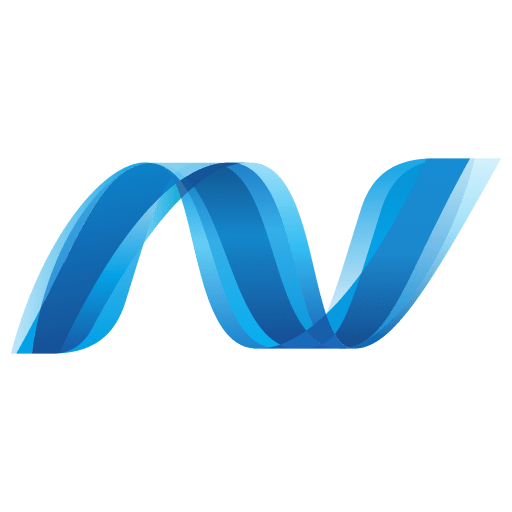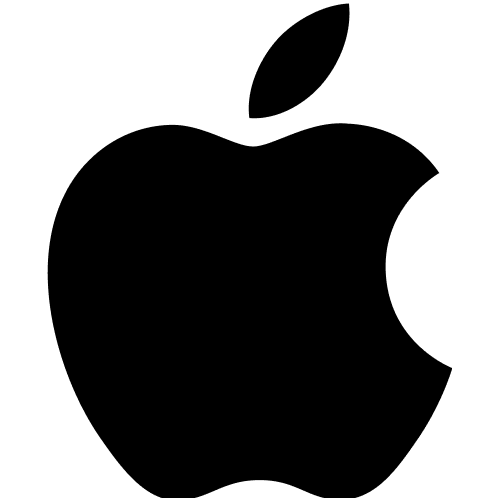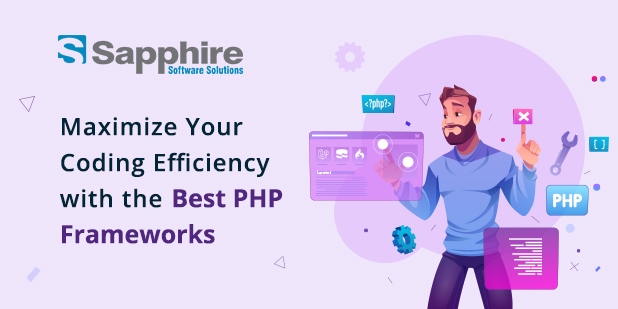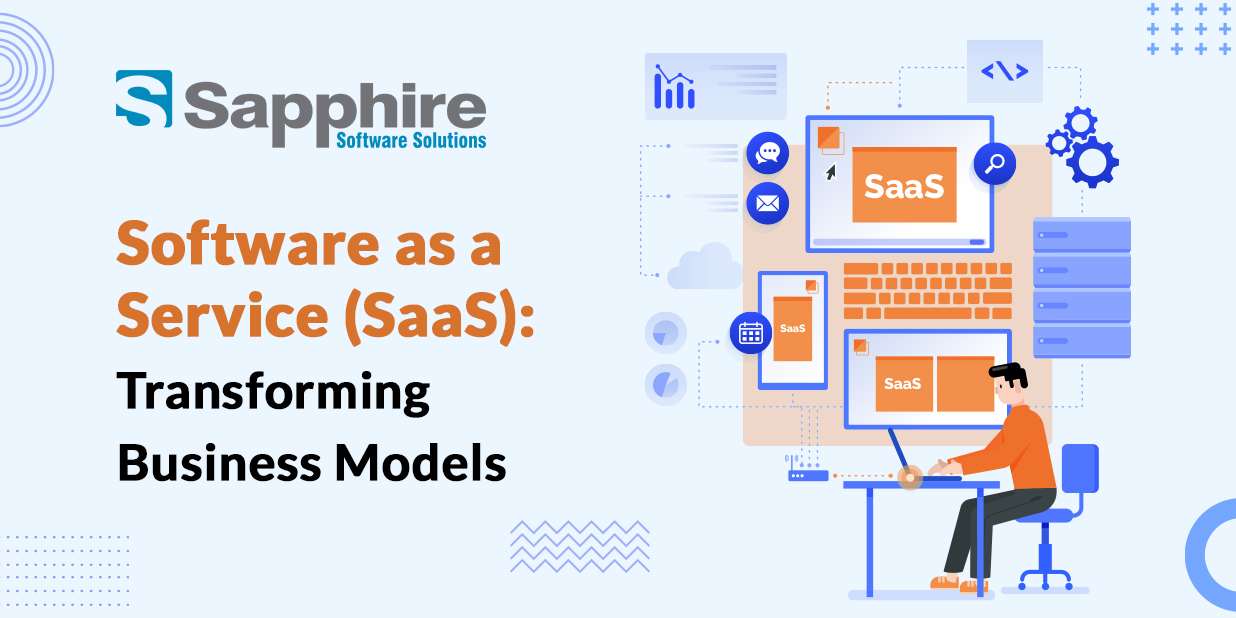In the rapid velocity world for technical services, engagement models are more than contract types-they define how you are partners, collaborate, and grow with customers. A good, favourable model paves the way for crystal clear communication, strong faith, and long-term loyalty. Meanwhile, a mismatch model can have time, money, and even reputation.
As technology solutions become more complex, IT companies and their customers must decide how to collaborate. This is where this commitment model comes – to give your structure, to create a productive relationship and create a productive relationship. Let’s go through the most popular models and how to choose the best.
1. Fixed Cost Fixed Time Model:
- Predictable Budgeting:
One of the main strengths of the Fixed Cost Fixed Time Model is financial predictability. The complete cost of the project is determined up-front before development is started, which is best suited for firms with tight budgets or no fund flexibility.
- Well-suited for Well-Defined Projects:
The model is most suitable when the project scope, features, timeline, and deliverables are well-defined. Development of a static website, the creation of a specific feature, or redeveloping an existing app with new branding are some examples.
- Time-Bound Delivery:
The model features timelines with strict deadlines. Both the development team and the client collaborate and agree on delivery dates so that project milestones are achieved without delays.
- Lower Risk for Clients:
Since cost and scope are set at the start, there’s limited scope for cost overrun, making this perfect for firms new to software development.
- Limited Flexibility:
A significant drawback is the inflexibility. If business requirements change mid-way, implementing changes can prove challenging and could lead to renegotiation or additional costs.
- Favourite with Start-ups and SMEs:
Ideal for start-ups releasing MVPs or SMEs creating custom-use apps, providing cost management without continuous oversight. Applied in IT Engagement Models, where the stability of scope and budget is essential to successful project delivery.
2. Time and Material Model:
Time and Material Model is among the most comprehensive IT Engagement Models applied by software development firms today. As compared to the Fixed Cost Fixed Time Model, this model is on an open-ended pay-as-you-go basis, where clients are charged for actual time and resources utilized throughout the development process.
- This model is very useful when the project specifications are not well known at the outset or are likely to change in the process. It accommodates Business Engagement Models that necessitate constant changes, iterations, or refinement—ideal for agile development processes, research projects, or new products where the scope is unknown upfront.
- Customers are allowed the flexibility of changing the scope, functionalities, or deadline as the project evolves. This allows the product to be aligned with dynamic business requirements or user feedback. It also allows for improved Customer Engagement Models, where the development team can integrate real-time feedback to increase the product’s relevance and usability.
- From a cost perspective, clients are charged for actual working hours and materials consumed (such as tools, licenses, or APIs). Though this might appear to be on the wrong side of unpredictable from fixed-cost models, it gives visibility and control via frequent updates, bills, and time tracking.
The Time and Material Model is perfect for long-term partnerships and continuous product development. It also fits teams using Engagement Models in the IT Industry that are concerned with product-market fit, fast iteration, or scaling features after MVP. Due to its flexibility, this model is preferred by companies developing SaaS platforms, start-ups during high-growth phases, and companies that value long-term user engagement models over strict schedules.
3. On-Site Model:
The onsite Model is one of the most popular IT Engagement Models, particularly for organizations that need direct control, better collaboration, and immediate oversight of the development process. In this model, the service provider allots experienced professionals like software developers, testers, or project managers—to work on-site from the client’s place for a fixed or prolonged duration.
- This model is particularly beneficial in Business Engagement Models where face-to-face communication, real-time feedback loops, and close collaboration with internal stakeholders are paramount. It closes the gap between vendor and client by removing delays due to time zones or gaps in communication, facilitating quicker decision-making and more effective project delivery.
- Site Model is of specific value in complicated enterprise-level projects where close knowledge of internal systems, legacy infrastructure, or industry-specific compliance is needed. It also facilitates Employee Engagement Models through the immersion of external developers within the client team culture and day-to-day work schedule, promoting team synergy.
- From a customer involvement model, this arrangement enables the client to remain actively involved at all stages of the project—planning and development through testing and deployment providing greater control over timelines and quality.
Widely employed in the IT sector by financial institutions, government departments, and big business, the On-Site Model is best for projects with sensitive information, mission-critical systems, or where closeness brings added strategic value.
4. Hire a Dedicated Team Model:
- The Hire Dedicated Team Model is one of the most popular IT Engagement Models for companies that want to scale operations, address skill gaps, or initiate complex projects without incurring the cost of in-house hiring. Under this model, a client partners with a Hybrid Mobile App Development Company or an IT services provider to establish a remote team of experts who work solely on their projects, like an in-house team, but with the attendant recruitment or infrastructure costs avoided.
- This model is ideally suited for contemporary Business Engagement Models, where businesses require flexibility, agility, and ongoing collaboration. The client directly controls the dedicated team, specifying tasks, priorities, and timelines, while the service provider takes care of admin details such as salaries, office space, HR, and tech support.
- The Hire Dedicated Team Model complements Employee Engagement Models through facilitating the close interaction of the client with the developers, giving rise to a sense of collective ownership and commitment. It suits product-based start-ups, SaaS organizations, and enterprises engaged in long-term, scalable projects that need continuity and extensive domain expertise.
- One major advantage is cost-efficiency and control. This is lower in comparison to creating a full-time in-house team. This model greatly minimizes hiring delays, HR overhead, and operational risks. Moreover, the possibility of selecting developers based on special technical expertise—such as Flutter App Development Services or React Native App Development Services—sees the correct talent being matched with the project.
- This model also fortifies User Engagement Models because it allows for continuous improvement, cyclical refinement, and quicker responsiveness to customer feedback—all essential for user-driven product development.
5. Offshore Development Centre Model:
- The Offshore Development Centre (ODC) model is a global, reliable IT engagement model that allows companies to establish a distance extension of the internal development team in another country, usually where operating costs are low, but have more technical expertise. In this model, companies collaborate with an IT service provider or a hybrid mobile app development company, and establish a dedicated team of developers, sensors, designers, and project managers, who work specifically for those from the Offshore site.
- This model is ideal for long-term, large -scale projects seeking continuous development, repetitive release and significant technical depth. This trade engagement fits well within the model where strategic, cost-education and high volume of IT production is a priority.
- An offshore development centre acts as a branch office – only it is run by a partner who handles recruitment, infrastructure, HR, legal, and probation. This gives companies access to a global talent pool without difficulty establishing physical operations abroad.
- From the perspective of the customer’s engagement model, ODC provides high flexibility and complete openness. Customers can manage teams directly, integrate them with internal processes, and maintain complete control over the product’s road maps, and benefit from time to other and 24/7 productivity.
- One of the biggest benefits of the ODC model is cost-effectiveness. Companies significantly reduce the cost of development without compromising quality, for offshore locations with competing talent markets.
6. Managed Services:
The Managed Services model is an IT engagement strategy in which a business outsources the duty of operating its IT infrastructure, operations, or certain technical functions to a third-party service provider, referred to as a Managed Services Provider (MSP). The model is increasingly becoming a standard among contemporary IT Engagement Models for businesses that want efficiency, reliability, and scalability without overstraining internal capabilities.
With this model, companies pay a regular subscription (monthly, quarterly, or yearly) for a fixed number of services. They might be network monitoring, cybersecurity, cloud management, data backup, or application maintenance. The MSP assumes complete liability for service levels, performance, and uptime—allowing internal teams to concentrate on strategic business goals.
From the Customer Engagement Model point of view, this model guarantees end-to-end service delivery, quicker time to resolution, and less downtime—overall enhancing customer satisfaction. Companies also get access to expert professionals without employing in-house staff, which saves overhead dramatically.
User Engagement Models are also supported by Managed Services to keep digital platforms fast, secure, and up and runni, g—critical to maintaining user engagement and satisfaction.
Additionally, as security threats escalate and digital transformation speeds up, Managed Services enable companies to stay ahead of constantly changing technology via cutting-edge tools, updates, and compliance measures.
7. Milestone-Based Model:
The Milestone-Based Model is a goal-driven and structured engagement model that divides a project into well-defined phases (milestones) with specific deliverables and timelines. It helps both parties stay accountable and transparent throughout the software development process. Here’s how it works and why it’s well-liked:
- Project Is Divided into Milestones: The whole project is divided into measurable stages—like planning, design, development, testing, and deployment—each of which is addressed as an individual milestone. This method helps maintain clarity and feasible timelines.
- Payment Tied to Deliverables: Unlike hourly rates or monthly billing, payment is released only after every milestone is completed and approved successfully. It helps ensure financial transparency and trust between both parties.
- Ideal for Medium to Large Projects: This framework is most suitable for projects with well-defined outcomes and results. It is also best suited for companies that desire consistent progress without engaging in micro-management.
- In-Built Quality Control: Every milestone is examined, tested, and verified before proceeding to the next one. This cyclical feedback process enhances product quality and mitigates risk.
- Minimizes Uncertainty and Scope Creep: Since objectives and expectations are established beforehand for every phase, this model avoids surprise changes and slippages, perfect for upholding project discipline.
- Suitable for Agile or Waterfall Projects: Either through an agile process or a conventional waterfall method, this model is easily compatible with different IT engagement arrangements.
8. Hybrid Engagement Model:
The Hybrid Engagement Model is a versatile and highly responsive IT engagement model that integrates aspects of several classical models—such as Fixed Cost, Time & Material, and Dedicated Team—to develop an optimized solution that addresses intricate and fluid business requirements. Here’s why organizations are increasingly favoring this model:
- Blends Flexibility with Predictability:
This model enables companies to pre-agree on some deliverables at a fixed cost with the remaining aspects of the project being open-ended and charged by time or resources consumed. This balance provides budget and scope control at the same time.
- Suitable for Changing Project Scopes:
Projects with changing priorities, developing features, or fluctuating timelines are suited to the Hybrid model, while strict models would struggle or create tension. Organizations can hire a Hybrid Mobile App Developer or even a full-time core development team and engage part-time QA testers or designers on a need basis—mimicking ideal efficiency and affordability.
- Cost Optimization:
Hybrid Mobile App Development Cost can be optimized as clients only pay for the fixed components in advance and the remaining amount on actual effort, avoiding overcharging or wastage of resources.
- Custom-fit for Complex Enterprise Solutions:
This model is greatly preferred in Hybrid Mobile App Development Services, particularly among enterprise customers who want to scale solutions in phases or require modular releases.
- Improved Risk Management:
Fixed and variable billing combined disperses project risk between client and provider, particularly when timelines and deliverables are defined partially.
How to Choose the Right Engagement Model for Your Requirements?
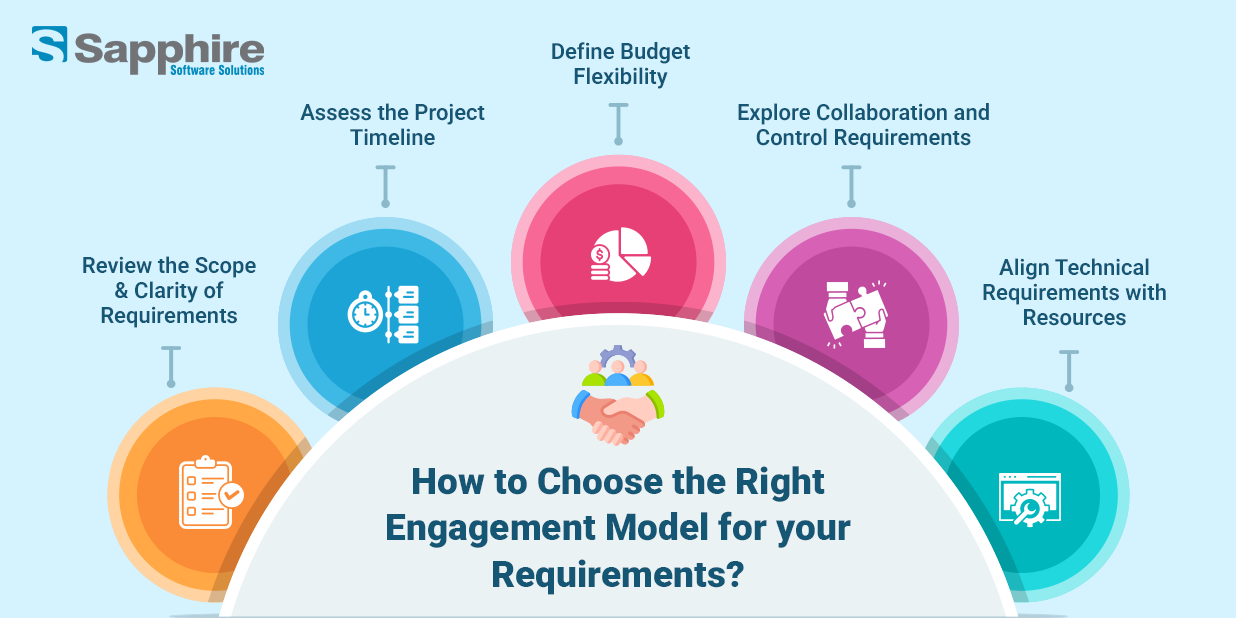
Selecting the proper engagement model is not merely an economic choice—it’s a strategic one that will have an immediate impact on the success of your IT project. Here’s how to weigh the selection of the best model for your specific needs and work style:
- Review the Scope and Clarity of Requirements:
If your project has defined scope, fixed deliverables, and timelines, then the Fixed Cost Fixed Time Model is best. If requirements are likely to change in your projects, then the Time and Material Model or Hire Dedicated Team Model is the best bet.
- Assess the Project Timeline:
Short-duration projects are well supported by formal models such as Milestone-Based or Fixed Cost, whereas long-duration or continuously evolving development is more suitable for Dedicated Team or Managed Services models.
- Define Budget Flexibility:
Fixed pricing models are best suited for a stringent budget. But if you need flexibility in costs with space for modification, go for a Hybrid Engagement Model with some portion of the project fixed and the rest charged for actual effort.
- Explore Collaboration and Control Requirements:
Do you desire close interaction and day-to-day engagement? On Site Models or Offshore Development Center Models would be ideal. If you desire hands-off execution, Managed Services provide end-to-end management.
- Align Technical Requirements with Resources:
If your internal team does not possess the specialized technical skills, select an engagement model that provides you with access to specialized skill sets through an external IT Engagement Company or offshore team.
Conclusion:
To sum things up, software and IT project success doesn’t only depend on advanced technology or talented programmers—it relies significantly on selecting the proper IT Engagement Model. Here’s why this decision is crucial and how it creates lasting benefits for organizations:
Drives Cost Efficiency. Picking the suitable approach helps manage expenses while maintaining standards. Whether using a Fixed Cost or Time and Material Model, matching it with your budget constraints ensures improved returns. Boosts Client Satisfaction. Defined expectations, open dialogue, and adaptable teamwork—all supported by the proper Engagement Model in Project Management—create stronger client partnerships and results.
Improves Scalability and Adaptability. Approaches like Hire Dedicated Team from Sapphire Software Solutions or Offshore Development Centre offer quick expansion capabilities without administrative burden, adjusting smoothly to evolving business requirements. Supports Strategic Growth Beyond programming, the correct approach backs long-term organizational objectives—whether that means quick expansion, product development, or ongoing deployment.



















